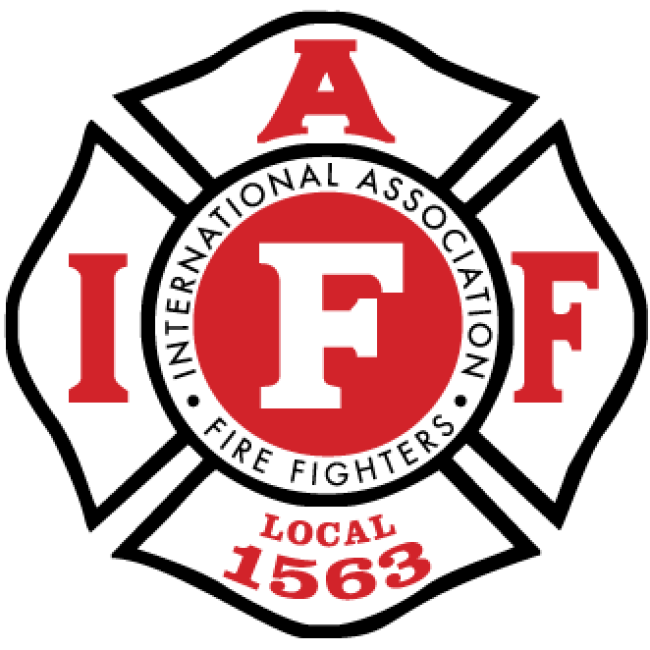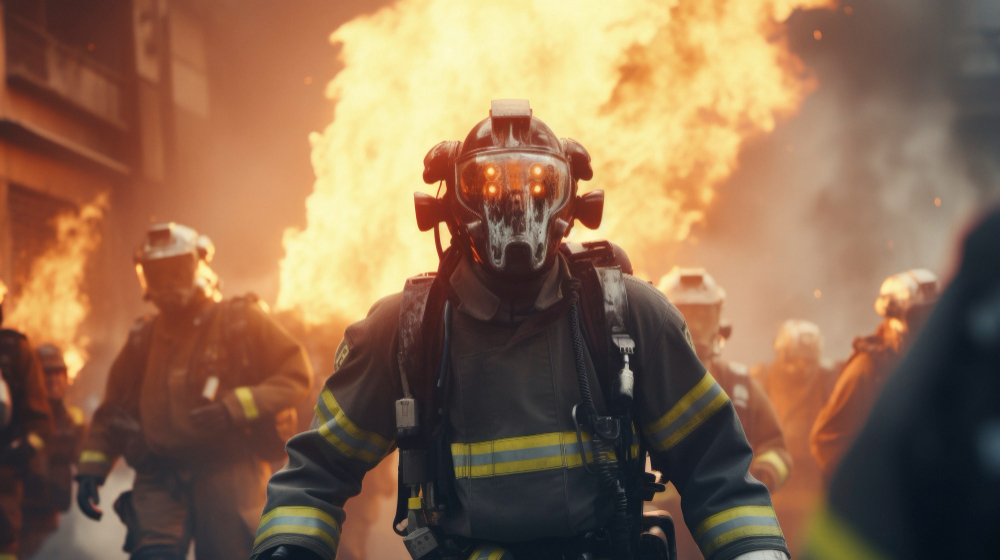Fire safety is essential to maintaining a secure and protected home environment. Every homeowner should be well-versed in the top fire safety practices to prevent potential disasters and ensure the safety of their family and property. Understanding and implementing effective fire safety measures can significantly reduce the risk of fire-related incidents.
From installing smoke alarms to creating and practicing fire escape plans, each step contributes to a comprehensive fire safety strategy. Regular maintenance and vigilance are key components in fire safety, helping to identify and address potential hazards before they escalate.
In addition, educating all household members about fire safety procedures ensures that everyone is prepared to act swiftly and safely in an emergency. Mastering these fundamental fire safety practices can make a profound difference in safeguarding your home and loved ones.
Installing and Maintaining Smoke Alarms
Installing and maintaining smoke alarms is one of the simplest yet most effective ways to enhance home fire safety.
- Install on Every Level: Place smoke alarms on every home floor, including inside each bedroom and outside sleeping areas.
- Position Correctly: As smoke rises, Mount alarms on the ceiling or high on walls. Avoid installing them near vents or windows.
- Test Monthly: Press the test button on each smoke alarm monthly to ensure it is working correctly.
- Replace Batteries Annually: Change the batteries in your smoke alarms at least once a year or when the alarm sounds for low battery.
- Replace Every 10 Years: Smoke alarms should be replaced every ten years, or sooner if they stop functioning effectively.
By following these guidelines, you ensure your smoke alarms are ready to alert you in case of a fire, enhancing the safety of your home and your loved ones.
Creating a Home Fire Escape Plan
Creating a home fire escape plan is essential for ensuring the safety of all household members in the event of a fire. Begin by drawing a floor plan of your home and marking all exits, including doors and windows. Identify two escape routes from each room, prioritizing quick and unobstructed exits. Establish a safe meeting point outside your home where everyone can gather after escaping.
Practice the escape plan regularly with all family members, including children, to familiarize them with the procedures and to ensure they can execute them calmly under stress. Ensure that everyone understands the importance of not using elevators during a fire and crawling low under smoke if necessary. Regularly review and update the plan when changing the home or its layout. A well-practiced escape plan significantly increases the chances of a safe and orderly evacuation during a fire emergency.
Understanding Fire Extinguishers and Their Use
Understanding fire extinguishers and their proper use is crucial for effective fire management and safety. Familiarize yourself with the different types of fire extinguishers available, such as water, foam, dry chemical, and carbon dioxide, and know which type is suitable for various types of fires (Class A, B, C, D, or K). Ensure extinguishers are easily accessible and mounted in prominent locations throughout your home, such as the kitchen, garage, and near heating equipment.
Learn the PASS technique: Pull the pin, Aim at the base of the fire, Squeeze the handle, and Sweep side to side to use a fire extinguisher effectively. Regularly inspect extinguishers to check for signs of damage or depletion and have them serviced or replaced as needed. Proper knowledge and preparation with fire extinguishers can help contain small fires and prevent them from escalating into significant emergencies.
Regular Inspection of Electrical Systems
Regular inspection of electrical systems is a crucial aspect of maintaining a safe and functional home.
- Check for Worn or Exposed Wiring: Inspect visible wiring for signs of wear or damage that could pose fire risks.
- Test Outlets and Switches: Ensure all outlets and switches function correctly and replace faulty ones.
- Examine Circuit Breakers: Verify that circuit breakers are not tripping frequently and are appropriately rated for your home’s needs.
- Inspect for Overloaded Circuits: Avoid overloading circuits by plugging too many devices into a single outlet.
- Engage a Professional: Hire a licensed electrician for a thorough inspection and necessary repairs or upgrades.
By following these practices, you maintain a safer and more reliable electrical system in your home.
Safe Cooking Practices in the Kitchen
Safe cooking practices prevent fires and ensure a safe cooking environment. Always stay in the kitchen while cooking, especially when using stove tops or ovens, to monitor the food and prevent unattended flames. Keep flammable items away from the heat source, such as paper towels, dishcloths, and wooden utensils.
Use timers to track cooking times and avoid overheating oils or fats, which can easily ignite. Regularly clean cooking appliances and surfaces to remove grease buildup that can contribute to fires. Ensure your kitchen has a working fire extinguisher rated explicitly for grease fires and knows how to use it effectively. Never use water to extinguish grease fires; cover the pan with a lid or use a fire extinguisher. Adhering to these practices helps minimize the risk of kitchen fires and ensures a safer cooking experience.
Proper Storage of Flammable Materials
Proper storage of flammable materials is a vital aspect of fire safety that can significantly reduce the risk of accidental fires in your home.
- Use Approved Containers: Store flammable liquids in containers specifically designed for their use, which are labeled and sealed tightly to prevent leaks.
- Keep Away from Heat Sources: To prevent accidental ignition, keep flammable materials away from heaters, stoves, and other sources of heat.
- Ventilated Storage Areas: Store flammable substances in well-ventilated areas to disperse fumes and reduce the risk of explosion or fire.
- Proper Labeling: Label all containers with their contents and hazard warnings to ensure proper handling and quick identification.
- Safe Disposal: To avoid accumulating hazardous substances in your home, dispose of expired or unused flammable materials according to local regulations.
By following these practices, you help mitigate the fire risk and ensure a safer home environment.
Ensuring Safe Heating Equipment Operation
Ensuring safe heating equipment operation is vital to prevent fires in colder months. Regularly maintain and inspect heating systems like furnaces, space heaters, and fireplaces. Have a professional technician service your equipment annually to address malfunctions and ensure proper function.
Space heaters should be placed on stable surfaces and kept at least three feet away from flammable materials, avoiding extension cords. Use a screen for fireplaces to contain embers, and never leave a fire unattended. If using fuel-burning systems, install a carbon monoxide detector near sleeping areas. Proper care of heating equipment helps prevent fire hazards and keeps your home safe.
Routine Chimney and Fireplace Maintenance
Routine chimney and fireplace maintenance is essential for ensuring the safe and efficient use of these heating sources. Regular inspections by a certified chimney sweep help identify and address issues such as creosote buildup, blockages, or structural damage that could pose fire risks.
Clean the chimney annually or more frequently if you use your fireplace regularly, as creosote buildup can lead to chimney fires. Ensure the fireplace has a sturdy screen or glass doors to contain sparks and embers. Check for cracks in the fireplace structure and have them repaired promptly to prevent fires from spreading to surrounding areas.
Additionally, seasoned hardwoods should be used for burning, as green or wet wood produces more creosote. Routine maintenance of chimneys and fireplaces ensures they operate safely and efficiently, reducing the risk of fire and enhancing home safety.
Educating Family Members on Fire Safety Protocols
Educating family members on fire safety protocols is a critical step in ensuring that everyone knows how to act quickly and safely in the event of a fire.
- Discuss the Importance of Fire Safety: Explain why fire safety is crucial and the potential risks of unpreparedness.
- Familiarize Everyone with the Fire Escape Plan: Review the escape routes, meeting points, and each person’s role in the plan.
- Teach Proper Use of Fire Safety Equipment: Demonstrate how to use fire extinguishers and other safety tools effectively.
- Conduct Regular Fire Drills: Practice evacuation procedures frequently to ensure everyone can exit the home quickly and safely.
- Emphasize Safe Behavior: Educate family members about the dangers of playing with fire and the importance of keeping matches and lighters out of reach.
Educating your family on these protocols enhances their preparedness and contributes to a safer living environment for all.
Prioritizing fire safety is essential to protect your home and loved ones from potential disasters. You significantly reduce fire risks by installing and maintaining smoke alarms, creating a fire escape plan, understanding fire extinguishers, and adhering to safe practices for cooking, electrical systems, and heating equipment.
Also, properly storing flammable materials, securing candles and open flames, maintaining your chimney and fireplace, and educating family members are crucial to ensuring comprehensive fire safety. Contact Anne Arundel County Professional Fire Fighters at 410-987-1180 for more personalized advice or assistance. Their expertise can guide you through advanced safety measures and ensure your home is well-protected. Take proactive steps today to safeguard your home and loved ones before it’s too late.

